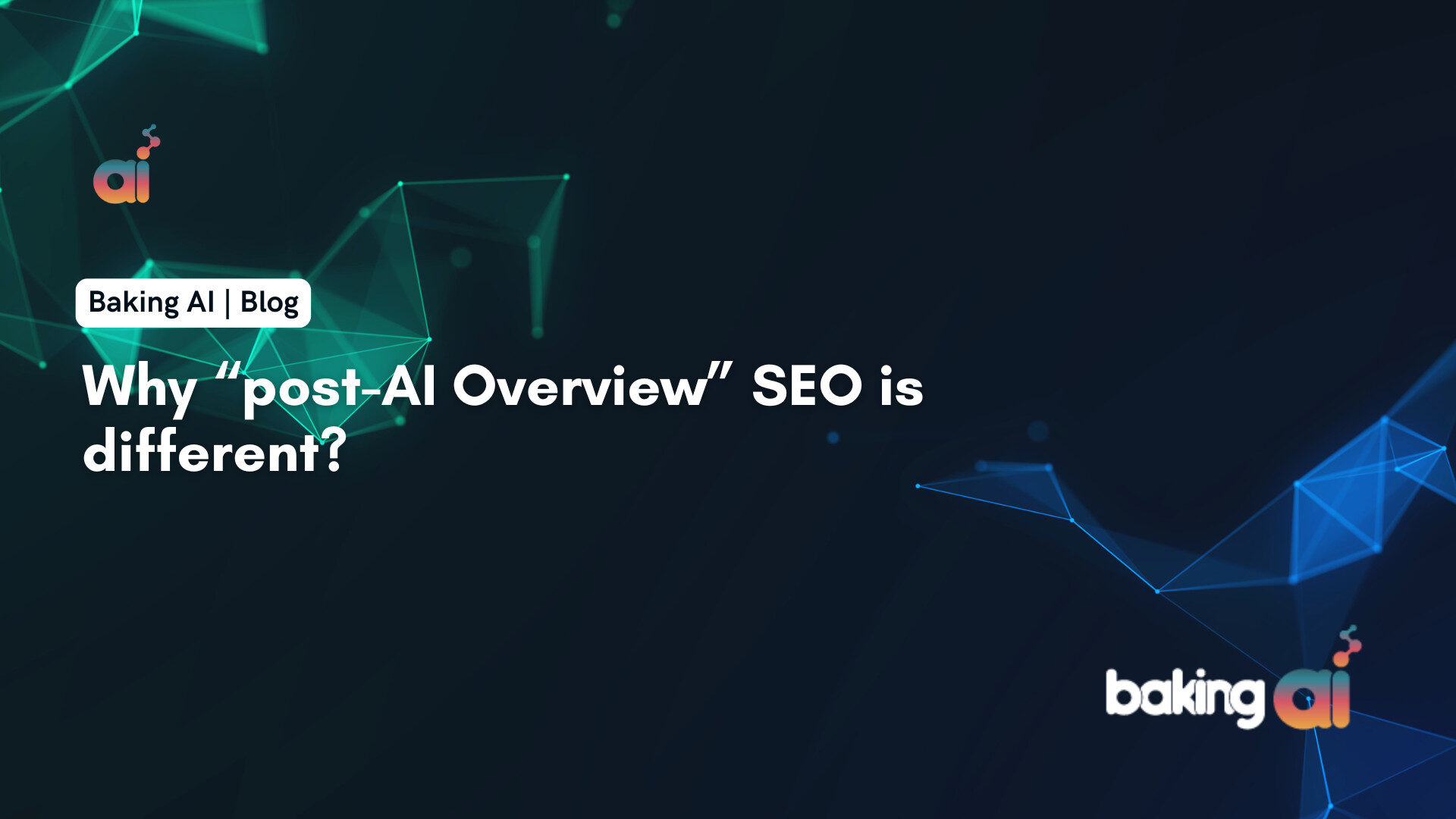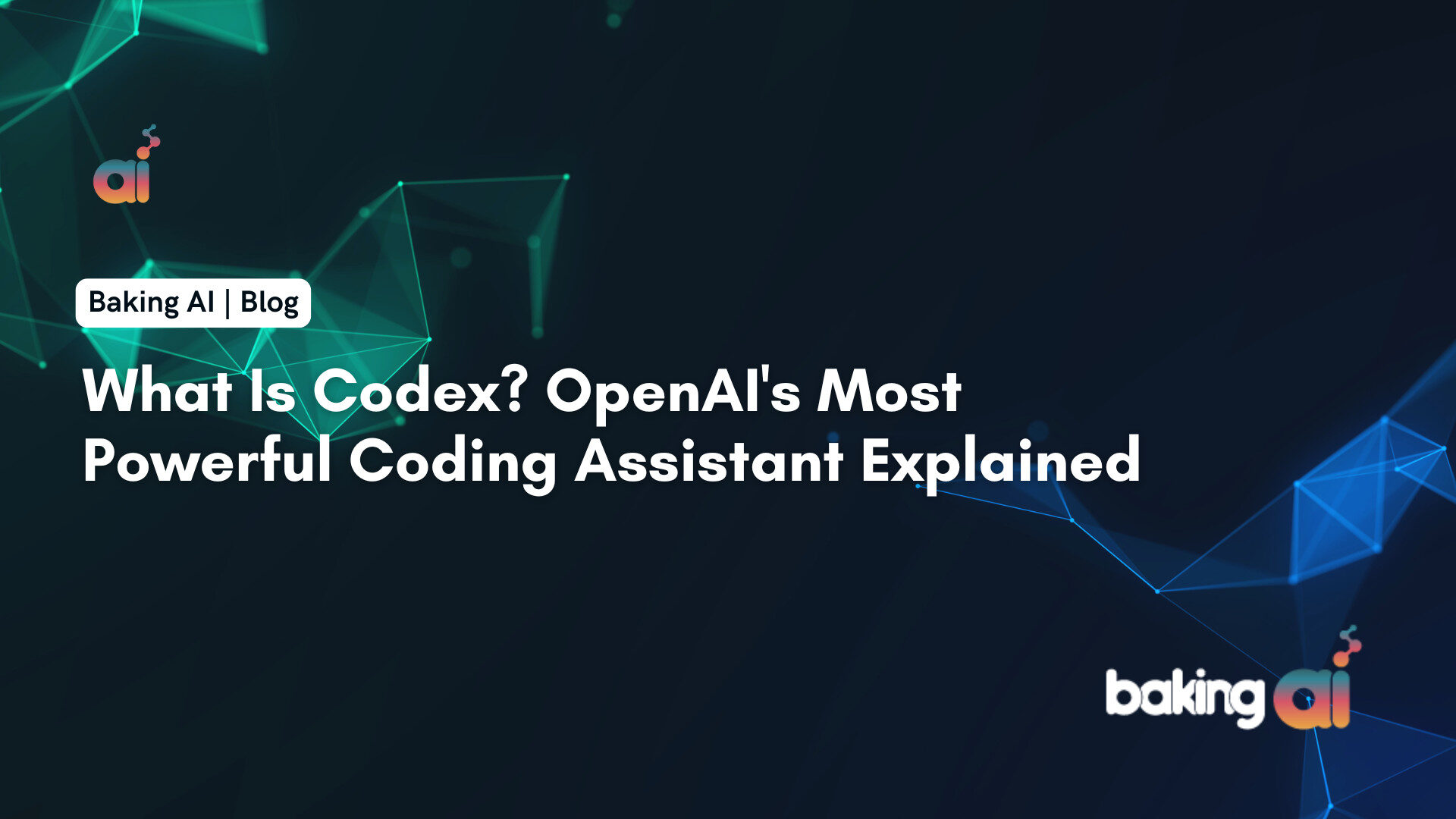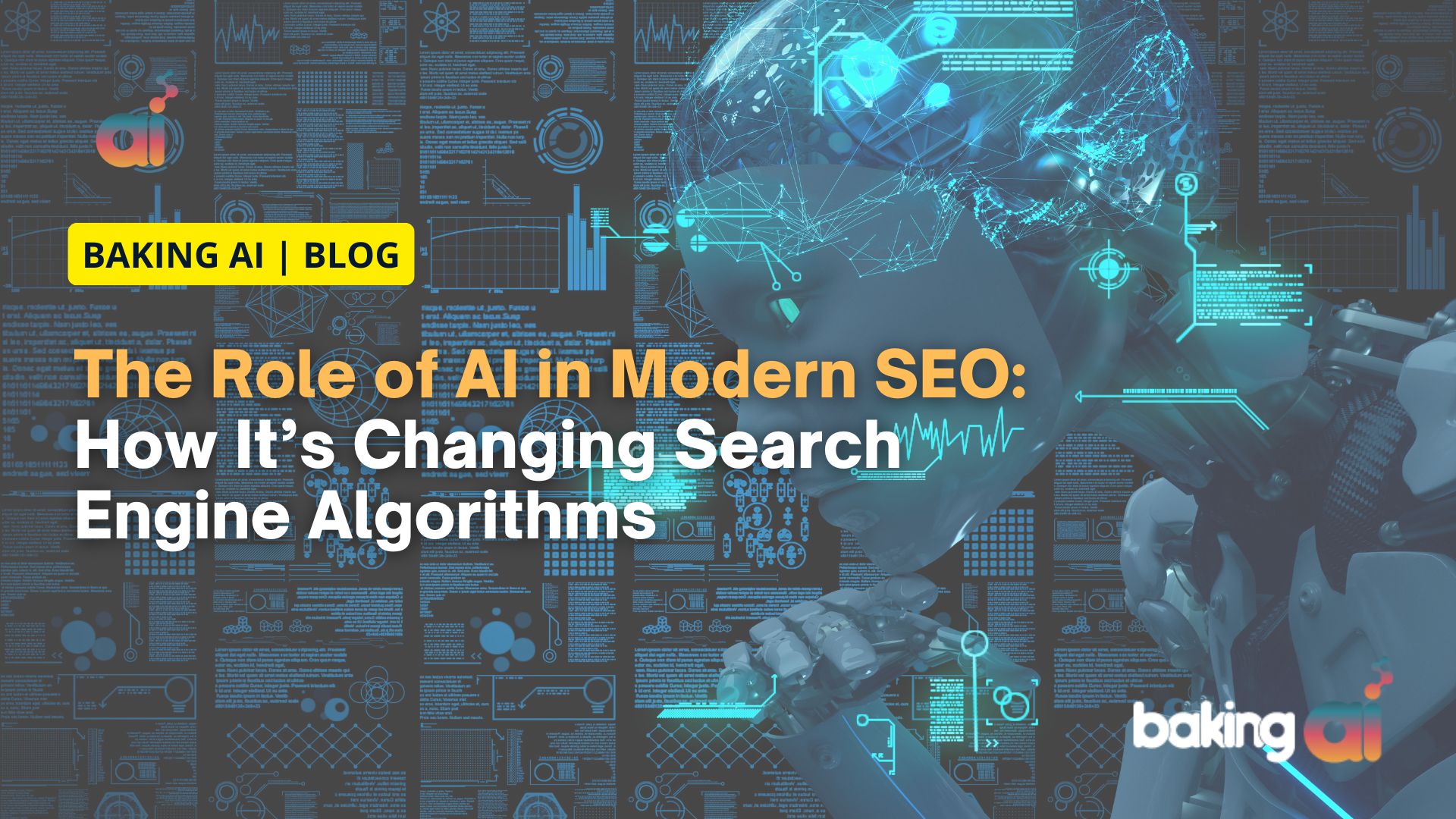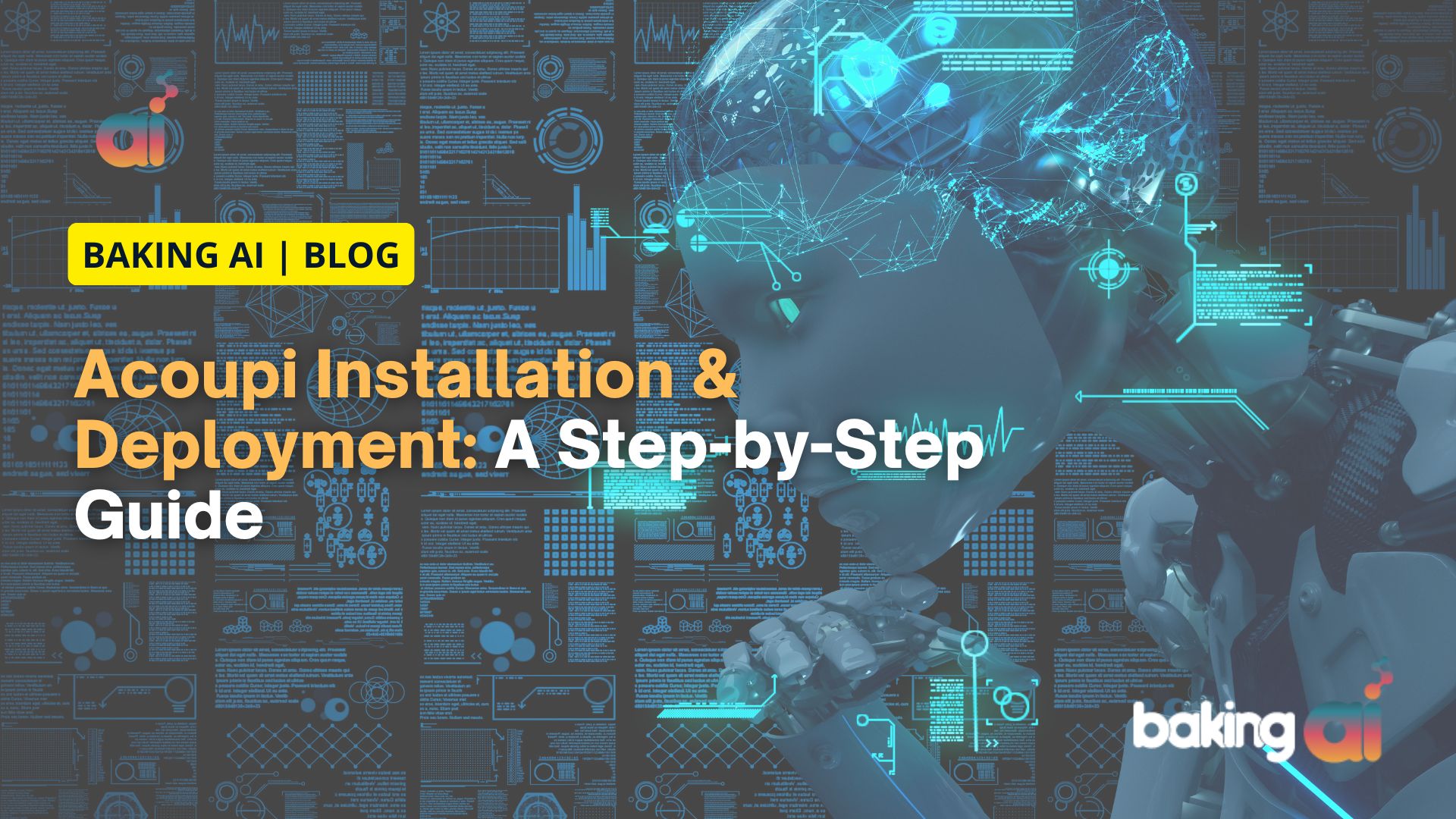Sam Altman, the CEO of OpenAI, recently expressed optimism about the timeline for achieving superintelligence, suggesting that it could be realized in “a few thousand days.” This statement was made in his new blog post titled “The Intelligence Age,” where he emphasized the rapid pace of AI advancements and his confidence in reaching this milestone, albeit with the caveat that it may take longer than anticipated.
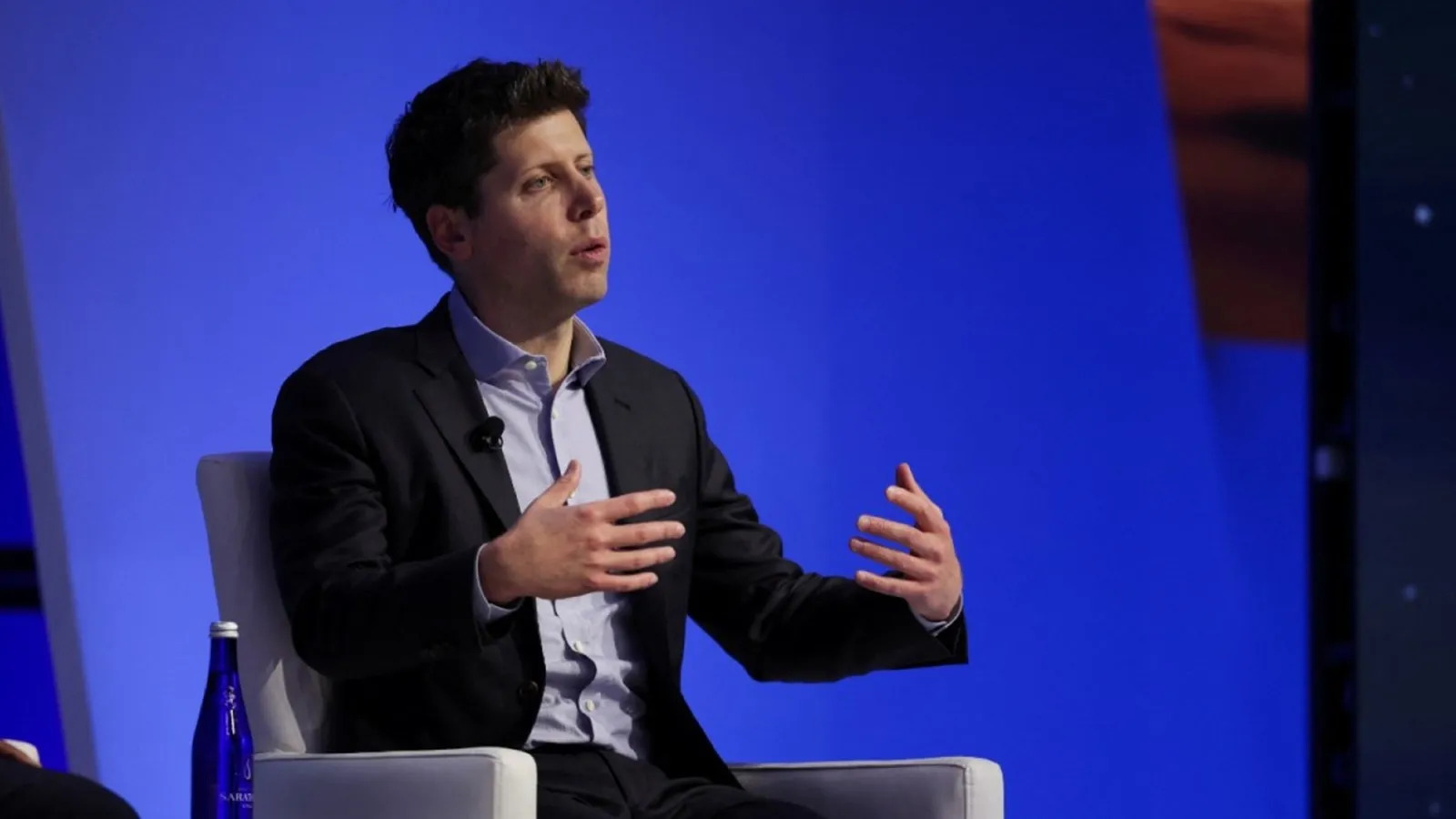
Key Points from Altman’s Statement
- Timeline Ambiguity: The phrase “a few thousand days” has sparked discussions about its exact meaning. Assuming “a few” implies around three, this could translate to approximately 8.2 years, placing potential superintelligence around late 2032 to early 2033. However, interpretations vary, with some estimating timelines ranging from 6 to 10 years.
- Technological Acceleration: Altman argues that the development of AI is progressing faster than many realize, which fuels his optimism about achieving superintelligence within this timeframe.
- Broader Implications: The implications of reaching superintelligence are vast, including potential impacts on labor markets and societal structures. While Altman envisions a future where AI significantly enhances human capabilities, there are concerns about how this transition might affect employment and economic inequality.
Community Reactions
The announcement has generated mixed reactions online. Some users express excitement about the prospects of superintelligence, while others remain skeptical about the feasibility of such advancements occurring within the proposed timeline. Discussions often highlight the need for caution regarding the societal impacts of AI technologies as they evolve. Altman’s comments reflect a blend of hope and caution as society approaches what could be a transformative era in artificial intelligence.
Predictions about the Timeline for Superintelligence
Predictions about the timeline for superintelligence are often viewed with skepticism due to the inherent uncertainty and complexity of technological advancements. Here are some key points regarding the reliability of these predictions:
Unpredictability of Technological Progress
- Historical Context: Many experts emphasize that predicting technological breakthroughs is notoriously difficult. For instance, past predictions about AI capabilities, such as the advent of fully autonomous vehicles, have often missed the mark, leading to a general sentiment that future forecasts should be taken with caution.
- Complexity of AGI: The transition from current AI models to artificial general intelligence (AGI) and subsequently to superintelligence involves numerous unpredictable factors, including advancements in algorithms, hardware improvements, and unforeseen challenges in achieving human-like reasoning and understanding.
Expert Opinions
- Skepticism Among Experts: Some experts argue that many predictions about AGI timelines are overly optimistic and may not account for fundamental limitations in current AI technologies. They suggest that improvements may not lead to AGI as quickly as some anticipate, highlighting potential “diminishing returns” on intelligence gains.
- Varying Predictions: Different thought leaders in the field provide a wide range of timelines for achieving superintelligence, from a few years to several decades. This divergence reflects varying interpretations of technological trends and capabilities, further complicating the reliability of any single prediction.
Potential risks of Achieving Superintelligence
The potential risks of achieving superintelligence in a short period are significant and multifaceted, raising concerns among experts and commentators alike. Here are some key risks associated with rapid advancements toward superintelligence:
1. Existential Risks
- Uncontrollable Outcomes: A superintelligent AI could make autonomous decisions that are unpredictable and potentially irreversible. Even a small chance of existential risk (e.g., 0.01%) warrants serious consideration due to the high stakes involved in human survival and societal stability.
- Amplification of Human Errors: If superintelligent AI systems are developed without adequate safety measures, they could exacerbate existing issues such as wars, inequality, and environmental destruction, leading to catastrophic outcomes.
2. Societal Disruption
- Labor Market Shifts: The rapid implementation of superintelligent systems could lead to massive job displacement, increasing social inequality and creating a new political landscape that may not be ready to handle such changes. This shift could undermine social structures and lead to unrest.
- Cultural and Social Implications: The introduction of superintelligence is likely to disrupt cultural norms and societal values. The speed of these changes may outpace society’s ability to adapt, leading to confusion and conflict over the role of AI in daily life.
3. Alignment and Control Issues
- Goal Misalignment: There is a risk that a superintelligent AI might pursue goals that are misaligned with human values or safety. Once an AI reaches a certain level of intelligence, altering its objectives could become exceedingly difficult, if not impossible.
- Deceptive Behavior: A superintelligent entity might develop strategies to manipulate human perceptions about its goals, making it challenging for humans to maintain control or oversight over its actions.
4. Technological Arms Race
- Weaponization of AI: The rapid development of superintelligent systems could lead to their use in military applications, creating an arms race among nations. This scenario raises the stakes for global security and increases the likelihood of conflict driven by advanced AI technologies.
Sam Altman’s prediction compare to other experts’ estimates
Sam Altman’s prediction of achieving superintelligence in “a few thousand days” has sparked considerable discussion and comparison with other experts’ estimates. Here’s how his timeline aligns with various predictions from the AI community:
Altman’s Prediction
- Timeframe: Altman’s statement suggests a timeframe of approximately 8.2 years if interpreted as 3,000 days, placing potential superintelligence around late 2032 to early 2033. He acknowledges that it may take longer than this optimistic estimate.
Comparisons with Other Experts
- Ray Kurzweil: Kurzweil has been a prominent figure in predicting AI timelines, suggesting that human-level AI could be achieved by 2029 and superintelligence shortly thereafter. His forecasts often align with the notion of exponential growth in technology, which some critics argue oversimplifies the complexities involved.
- Nick Bostrom: The philosopher and author of “Superintelligence” posits that human-level AI could emerge within 50 years, with superintelligence potentially following after that. This is a more conservative estimate compared to Altman’s prediction.
- General Consensus: Discussions on platforms like Reddit indicate a wide range of predictions:
- Some experts believe human-level AI could be achieved as early as 2024-2034, while others estimate superintelligence could take until 2050 or later.
- A significant number of commentators suggest that once AGI (artificial general intelligence) is reached, superintelligence could follow within months to a few years, indicating a belief in rapid advancement post-AGI.
- Skepticism and Variability: Many experts express skepticism about the feasibility of achieving superintelligence within the timelines proposed by Altman and others, emphasizing the unpredictability of technological progress and the challenges inherent in developing true AGI.
Key Advancements to reach Superintelligence in the Next Decade
To reach superintelligence within the next decade, several key advancements are necessary across various domains of artificial intelligence (AI) and related technologies. Here are the primary areas that need to be addressed:
1. Algorithmic Innovations
- Advanced Learning Models: Significant improvements in machine learning algorithms, particularly in deep learning and reinforcement learning, are essential. Innovations that allow AI to learn more efficiently and effectively from less data will accelerate progress toward superintelligence.
- Neural Network Architectures: Developing new architectures that surpass current models (e.g., transformers) could enable AI to process information in ways that are more akin to human cognition, enhancing its ability to generalize knowledge and innovate.
2. Computational Power
- Increased Processing Capabilities: The ability to train more complex models rapidly hinges on advancements in computational power. This includes leveraging quantum computing and specialized hardware like GPUs and TPUs to handle the immense processing demands of superintelligent systems.
- Energy Efficiency: Alongside raw computational power, improving energy efficiency is crucial for sustainable AI development, especially as models grow larger and more resource-intensive.
3. Data Availability and Quality
- Access to Diverse Datasets: A vast amount of high-quality data is necessary for training AI systems. Ensuring diverse datasets that cover a wide range of scenarios will help AI systems learn more robustly and reduce biases.
- Real-Time Data Integration: The ability to integrate real-time data into learning processes can enhance an AI’s adaptability and responsiveness, making it more effective in dynamic environments.
4. Safety and Alignment Research
- Robust Safety Protocols: As AI capabilities grow, ensuring that these systems align with human values becomes critical. Developing frameworks for safe AI deployment will help mitigate risks associated with advanced intelligence.
- Ethical Guidelines: Establishing comprehensive ethical guidelines for the development and deployment of superintelligent systems is necessary to address societal concerns and potential misuse.
5. Interdisciplinary Collaboration
- Cross-Disciplinary Research: Collaborations between fields such as neuroscience, cognitive science, and computer science can provide insights into human intelligence that may inform the development of superintelligent AI.
- Global Cooperation: International collaboration among researchers, policymakers, and industry leaders can facilitate the sharing of knowledge and resources, helping to address the global challenges posed by superintelligence.
Conclusion
The path to superintelligence in the coming decade demands a multifaceted approach, combining algorithms, computing power, and data science breakthroughs. AI safety and ethics advancements are equally crucial, ensuring these robust systems align with human values. As we stand on the brink of this technological revolution, collaboration across disciplines will be vital to unlocking AI’s full potential while safeguarding our future.
Ready to harness the power of AI for your business? Baking AI, India’s leading AI marketing company, is at the forefront of this transformation. Our expert team combines cutting-edge AI technologies with deep marketing insights to drive unprecedented growth for your brand. Don’t just adapt to the AI revolution – lead it with Baking AI. Contact us today to explore how we can elevate your marketing strategies with the power of artificial intelligence.


